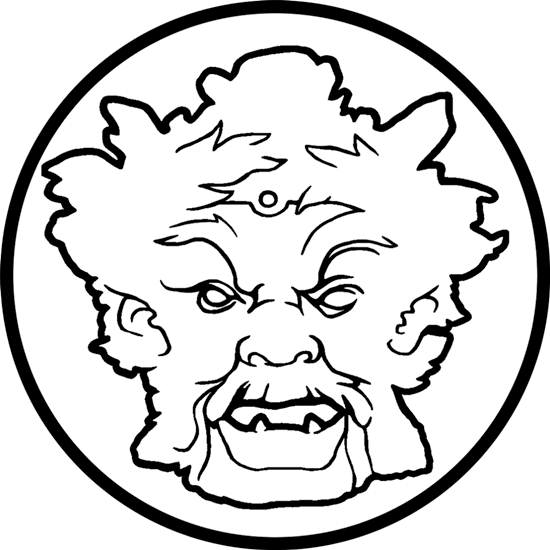Whats Happening at 1st Dibs?
When I first started working with my father in this business +10 years ago, he told me that the most important thing is your name. If a client could not trust an antique dealer, all the provenance and documentation of a piece is worthless. This may seem anachronistic, since instead of going into a shop, most sales are now done online but a dealer needs to stand behind their pieces regardless of how it is sold and regardless of whether their pieces are antiques, textiles or custom furniture. It is their “brand.”
But now, apparently 1stDibs, wants to take the dealer out of the equation - they have removed dealers names from the individual pages for all pieces as well as the general list-view pages. Have they assumed the responsibility to stand behind all the pieces on their website? No. Are they finding, buying and holding the inventory? No. Are they answering questions about the pieces? No. Are they designing new pieces and making them? No. Dealers are now referred to as “sellers” on their platform which may seem inconsequential, but I believe speaks volumes. 1stDibs seems to be more concerned with protecting their commissions rather than promoting a healthy design industry. To put it in perspective, you will now find it easier to know who you are buying from on Etsy than on 1stDibs.
A little background:
We have been dealers on 1stDibs since its early days in 2003. Coupled with the internet in general, it is impossible to overstate the impact it has had on the Antiques, Interior Design and Furniture trades. Whereas designers used to physically go to showrooms and galleries to “shop”, they now peruse 1stDibs, and then perhaps go to see something specific in person. It was a game changer for our industry and helped start and prolong many businesses.
The Good:
Creating an online collection of the world's best dealers was huge. Users could find high quality pieces on the site bringing together clients and dealers who had never worked together or even known of each other. The art and antique trade is highly fragmented, and dealers tend to be the opposite of early adopters of technology. So, websites were not so great in the early ‘00’s (or still…). 1stDibs changed that and made it possible for a collector in the UK to find something in Florida. Huge.
More recently they also introduced an ecommerce component which has, in my opinion, been a major positive for dealers, many of whom do not have ecommerce enabled websites. Most significantly, they have become a trusted intermediary of exchange - the buyer might not be very familiar with the dealer, but they knew 1stDibs and felt more comfortable purchasing through them. Given the fragmented world of dealers, dispersed geographically but accessible online, this was a major boon to the industry and worth every penny of the commission cost.
The Bad:
When the current owners bought 1stDibs, other aspects of the platform changed as well. Dealers (“sellers”) on the site increased significantly. They expanded to hosting “sellers” for currently produced items as well as art and fashion pieces. There was now a much larger selection, but of varying quality.
The downside of the ecommerce function was that it now placed 1stDibs’ interest at odds with both dealers and clients. 1stDibs’ commission revenue is now directly related to volume of transactions, very similar to how the auction houses’ pricing evolved in the early 1980s. The volume aspect works well with their expanded number of dealers. Perhaps as a reflection of this, they have created a “highly rated seller” distinction which you will find on some dealers items (but not the name of the dealer...). This has nothing to do with the quality of the dealer, their qualifications, or their position in their speciality - it only reflects the volume of sales they generate on 1stDibs.
1stDibs also now has to“protect its commission.” Presumably to this end, a few years ago, they started controlling how clients would contact dealers. Messages via 1stDibs were anonymized and monitored - if private emails were exchanged they blocked the message - and calls via pseudo-numbers are routed through its call center in a similar fashion. Dealers were very upset about this, rightly so. It impeded the flow of information (working against efforts of trying to increase knowledge and appreciation of a craft or art) and had a "big brother" feel of a third party trying to control something beyond their purview. The latest step, of removing the dealers names from all listings, is surely towards this end as well.
So what do we do now? Frankly, I wish we didn't have to do anything. I am more than willing to pay 1stDibs its commissions on sales. But commissions on top of a monthly fee for anonymous listings? I used to be able to justify this as a marketing expense but now is it just for the privileged of being on 1stDibs? That seems hard to justify. What's the point of holding a beautiful inventory or creating wonderful pieces if we are not identified? It erodes the role of a dealer and of my business. And as a creator, it gives me great concern about the ability of knock-offs of our pieces to go unchecked. 1stDibs now becomes just a means to move inventory anonymously. We plan to bolster the ecommerce function of our own website and expand our presence on other third party sites, specifically InCollect and Dering Hall, which both seem to be more interested in promoting the trade and all its participants. Will we continue to use 1stDibs? We’ll see. We will probably change what new pieces we put up there, if anything. Hopefully something changes but it doesn't feel like it's headed in the right direction.
*There is a follow-up to this post HERE and Here; "Why We Left 1stDibs"
